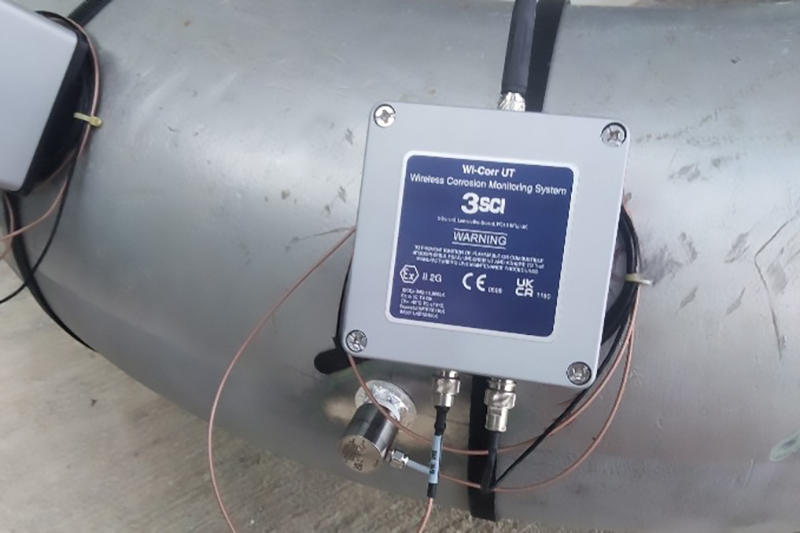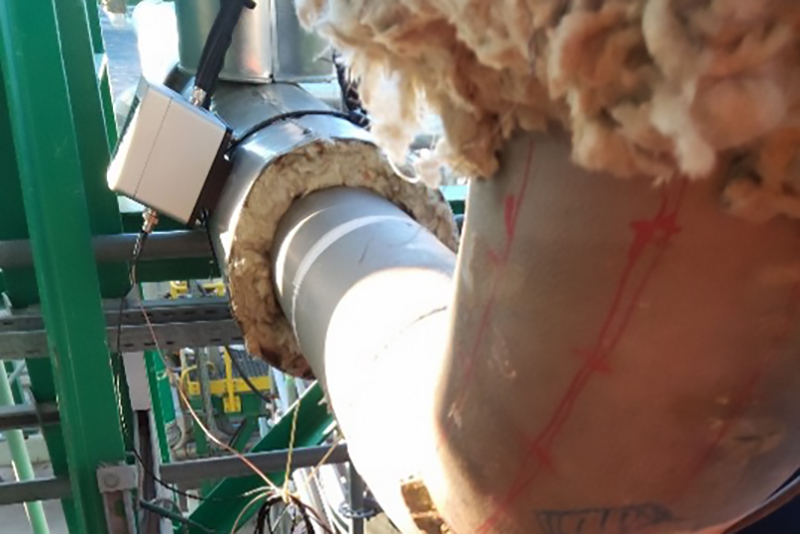Current vacancies available in Denmark. | Aktuelle ledige stillinger i Danmark.
A major oil & gas operator in Kazakhstan required a reliable corrosion monitoring system for onshore processing and offshore production facilities.
Client
Location
The sites presented extreme environmental challenges, with temperatures ranging from -40°C to +40°C, and highly corrosive conditions due to the presence of sour oil and gas (high H₂S content).
With many corrosion monitoring locations (CMLs) and a need for high-frequency, high-accuracy measurements, the operator sought a reliable, real-time monitoring system to ensure asset integrity and prevent catastrophic failure.

Our client’s facilities were experiencing severe corrosion due to high Hydrogen sulfide (H₂S) content, and their existing fixed Ultrasonic Thickness (UT) system had become obsolete.
Manual inspection methods were costly and inefficient, driven by the sheer number of CMLs, frequent inspection intervals as well as the need for insulation removal, surface preparation and specialist access. Each manual measurement introduced additional corrosion under insulation (CUI) risks by exposing pipe surfaces to the environment.
Furthermore, cable routing to all monitoring points was impractical, making a wireless solution essential for comprehensive coverage.

To meet these challenges, Altrad deployed Wi-Corr® UT, a cutting-edge wireless ultrasonic thickness monitoring system. Our specialist technicians installed over 70 Wi-Corr® sensors across critical CMLs, replacing the outdated fixed UT system and reducing reliance on manual inspections.
Once commissioned, the system began transmitting high-resolution wall thickness and temperature data wirelessly via a self-organising network of sensors. This enabled continuous, real-time monitoring of corrosion activity, even in previously inaccessible areas.
Due to the sensors being fixed in position, they provide repeatable measurements from the exact same locations, allowing for accurate data trending and corrosion rate analysis over time.
The system’s modular architecture also supports future scalability, enabling the integration of additional CMLs and complementary sensor technologies, such as CUI monitoring, as operational requirements evolve.
Significant Reduction in Operational Costs:
Lower Personnel on Board (PoB):
Real-Time, High-Resolution Data:
Access to Previously Hard to Reach Areas:
Scalable System: